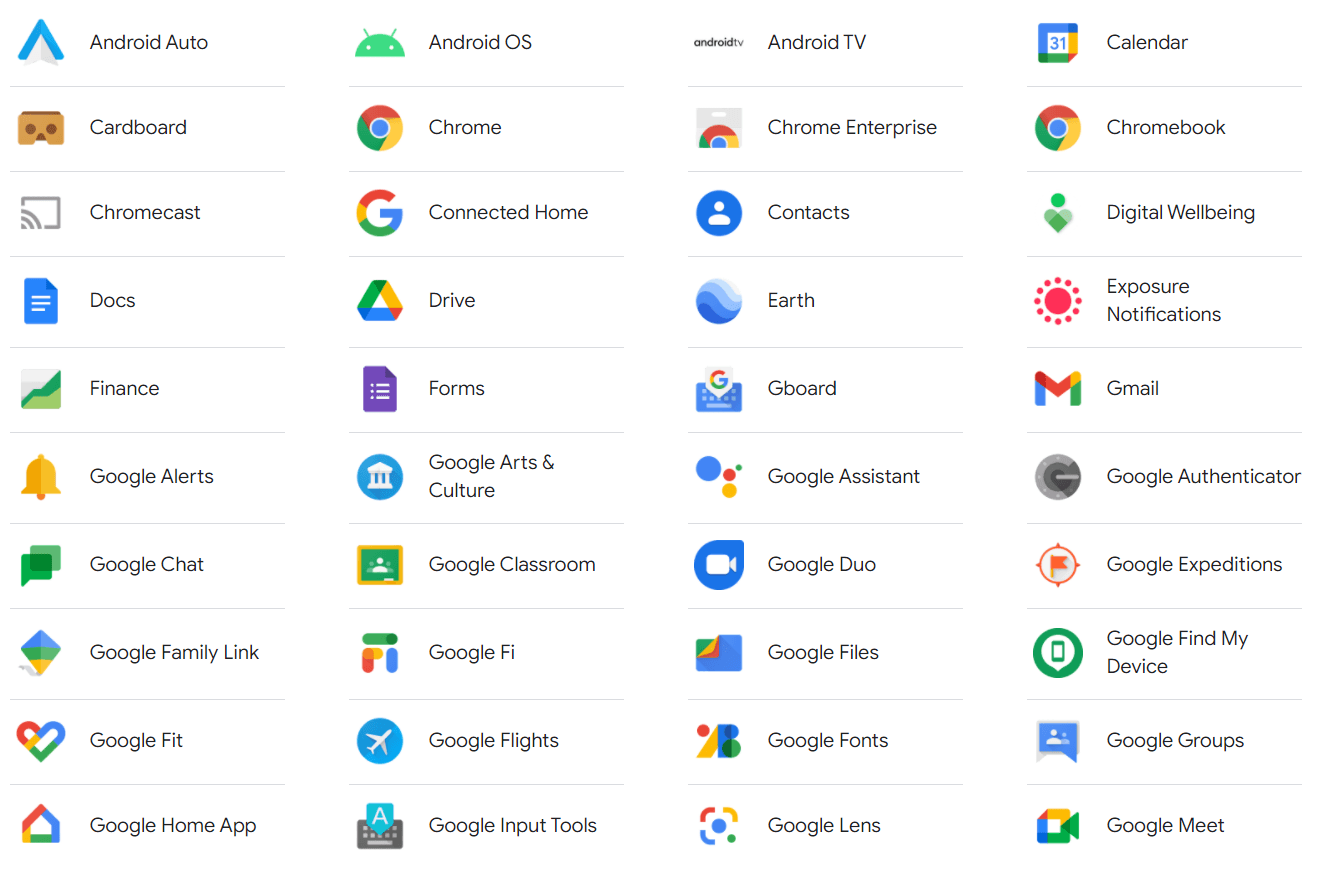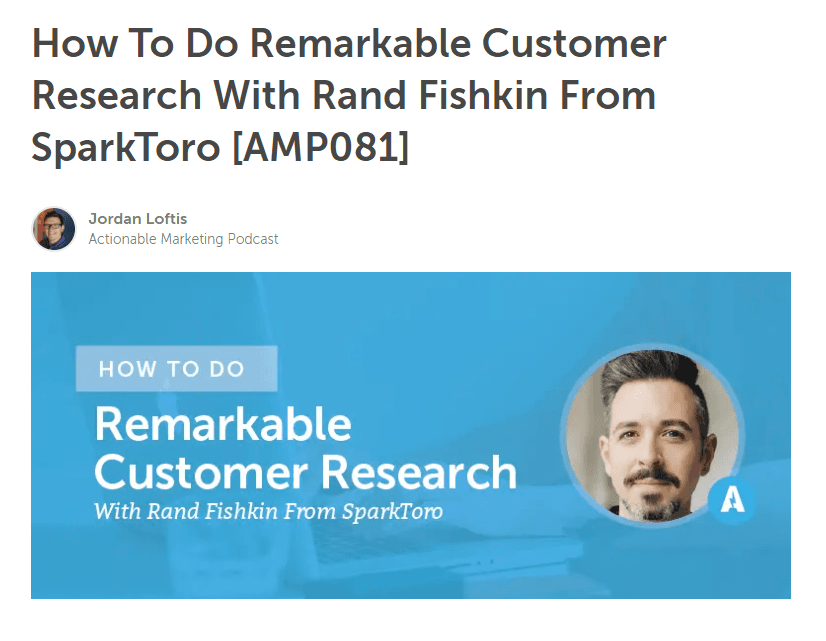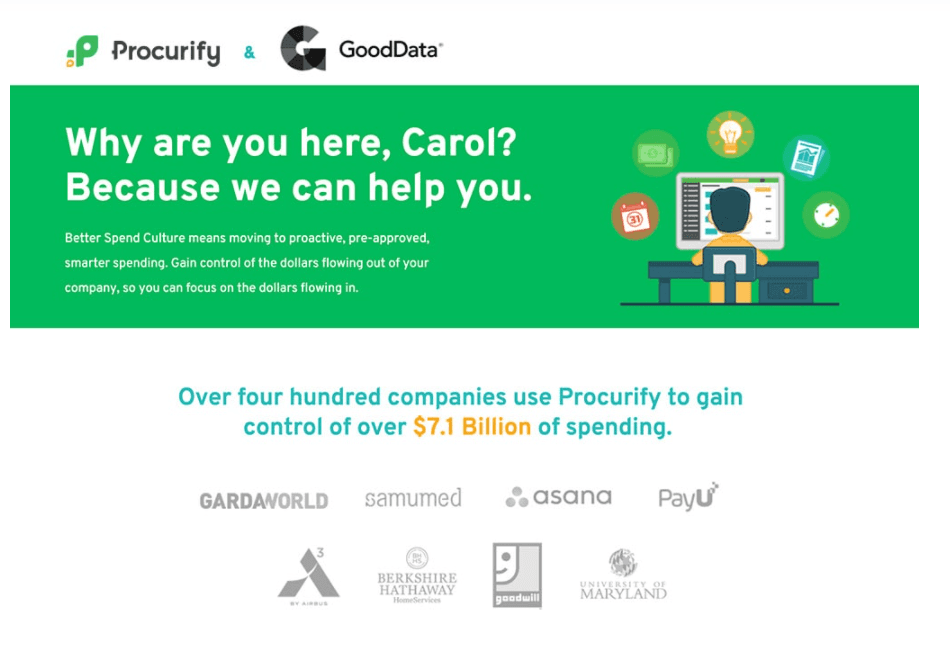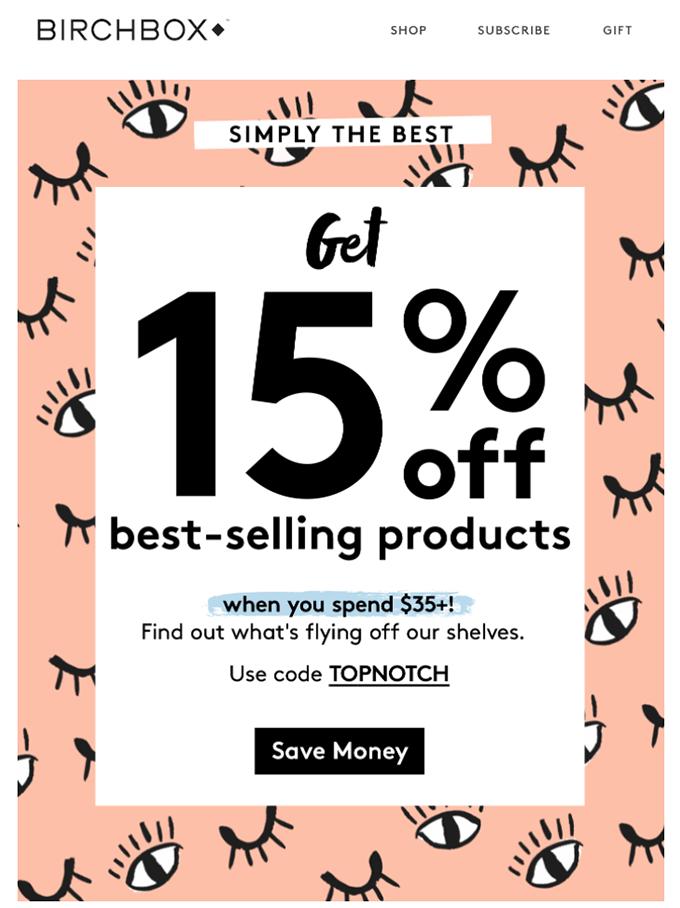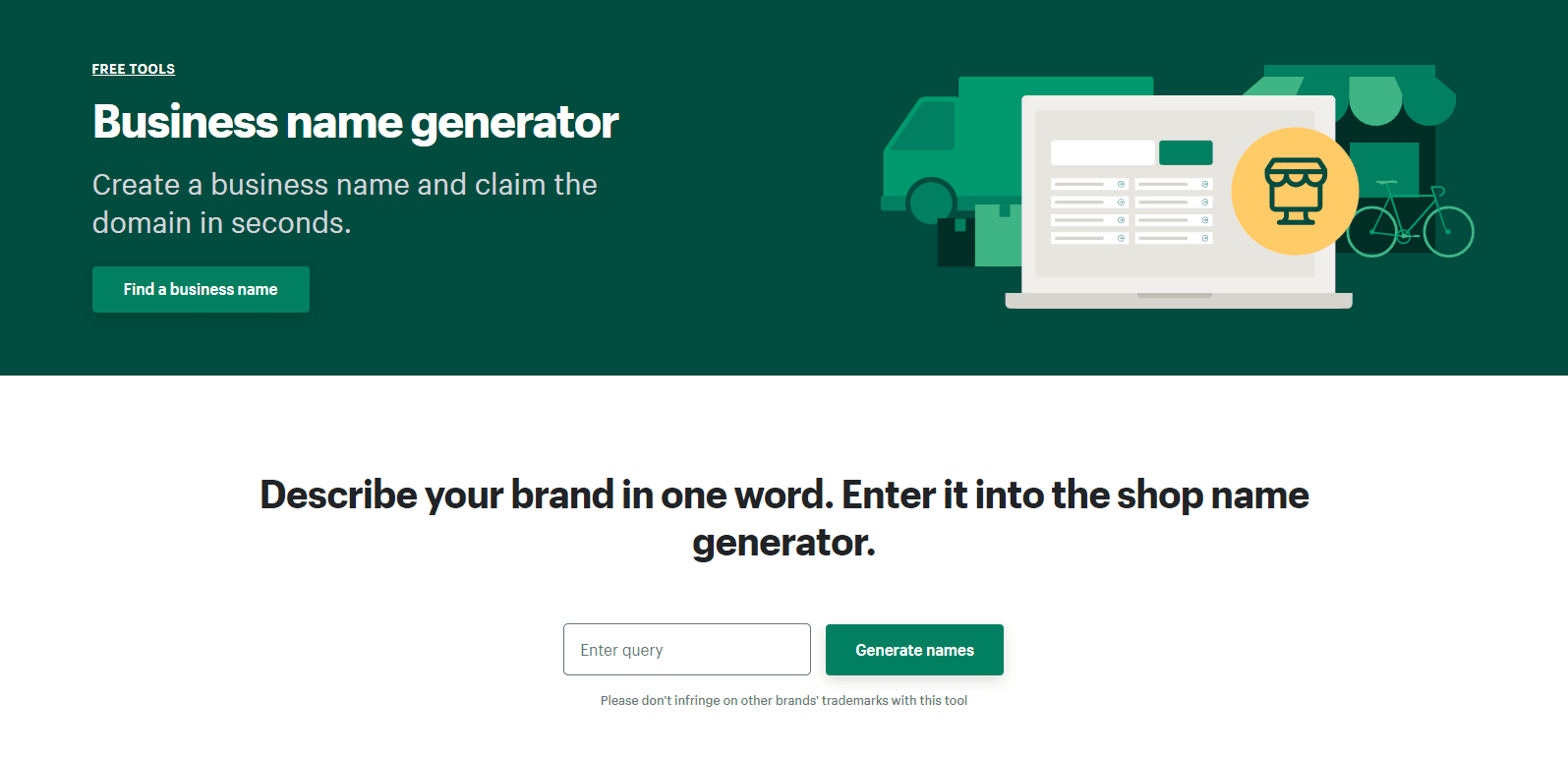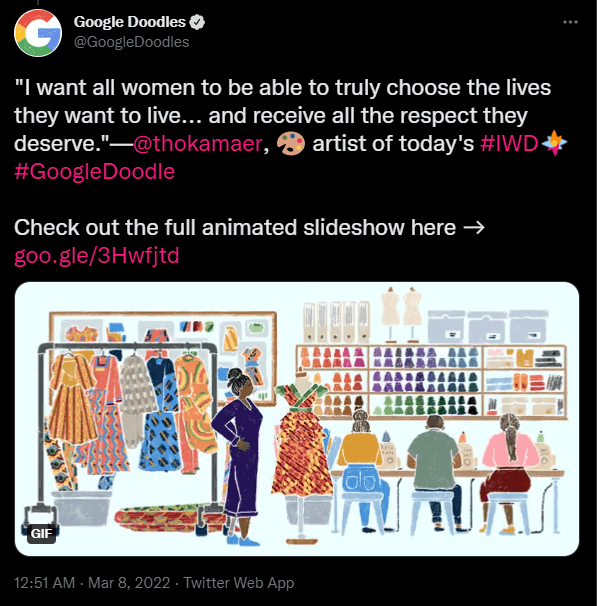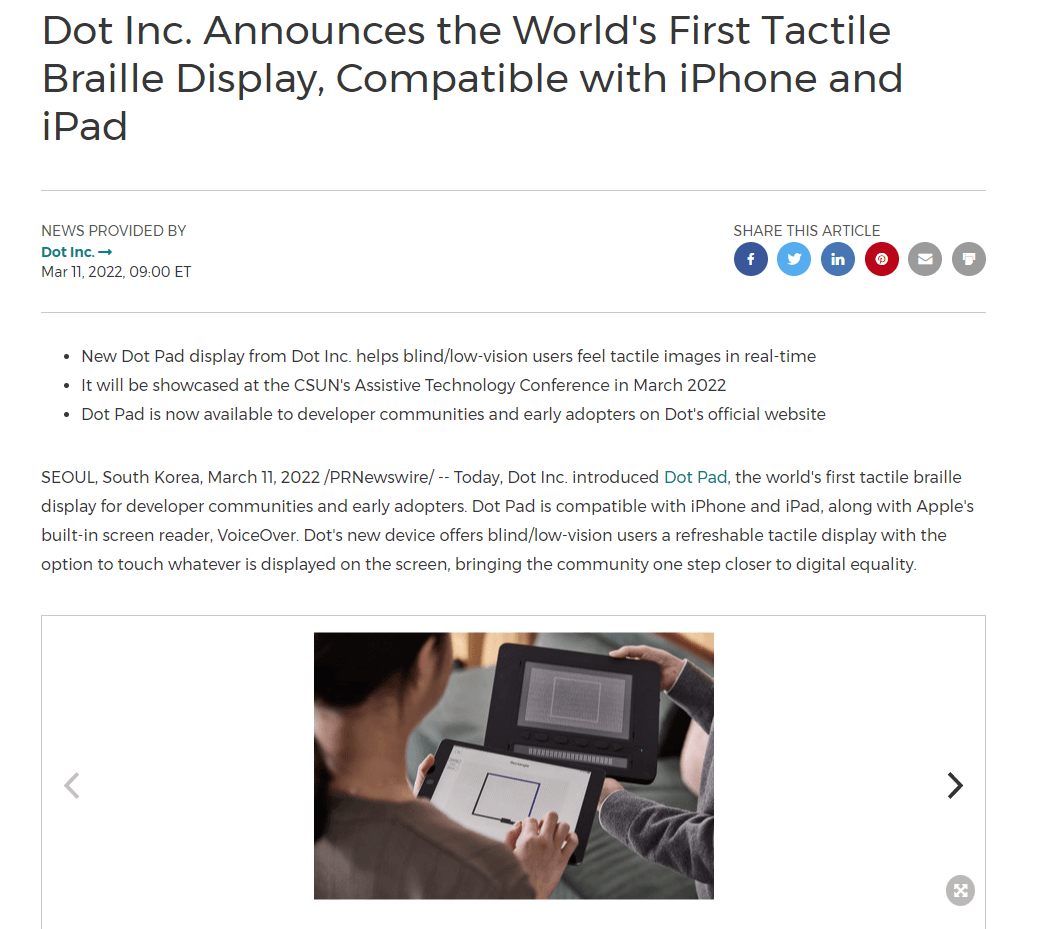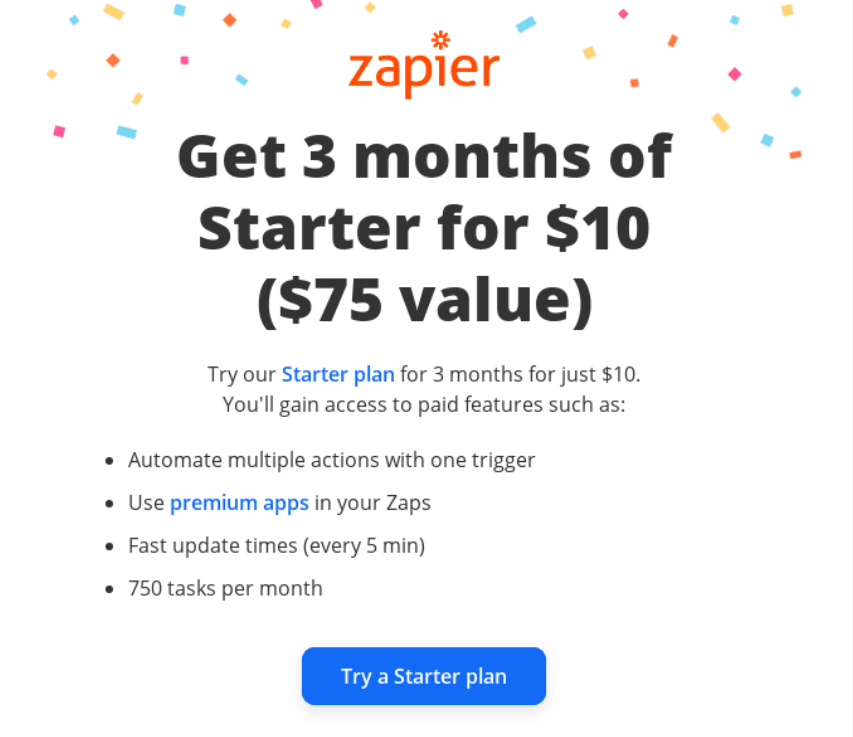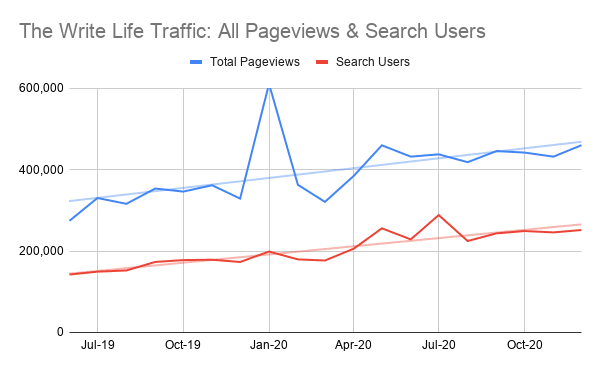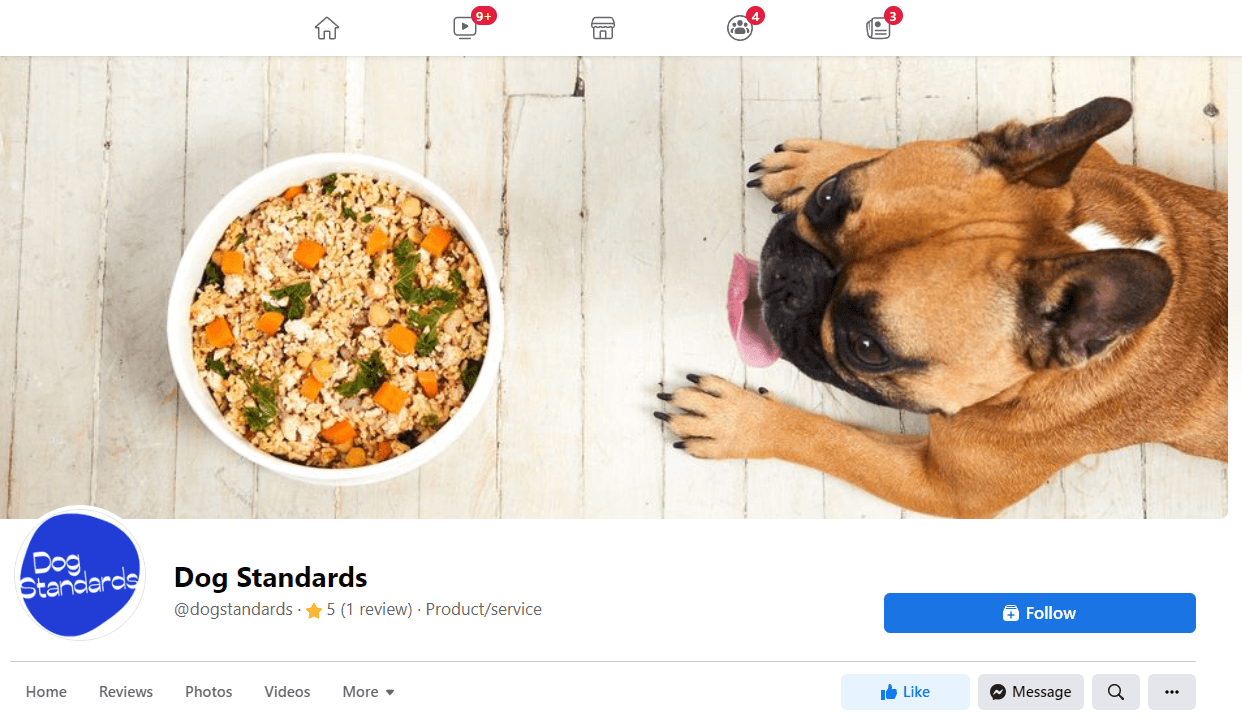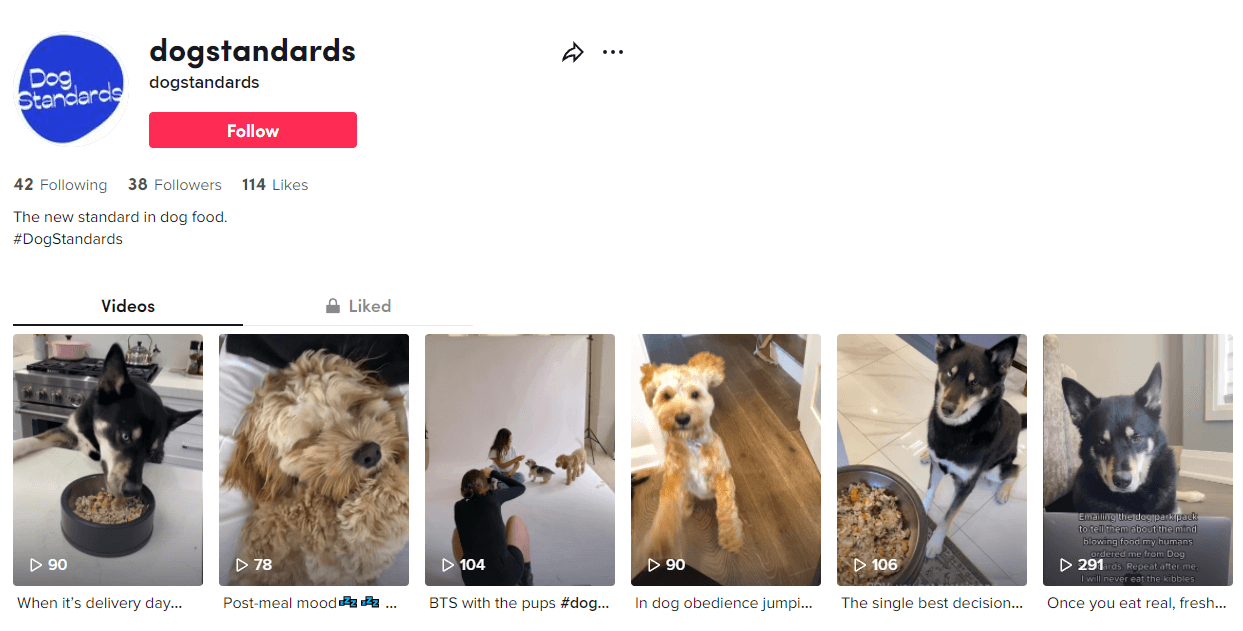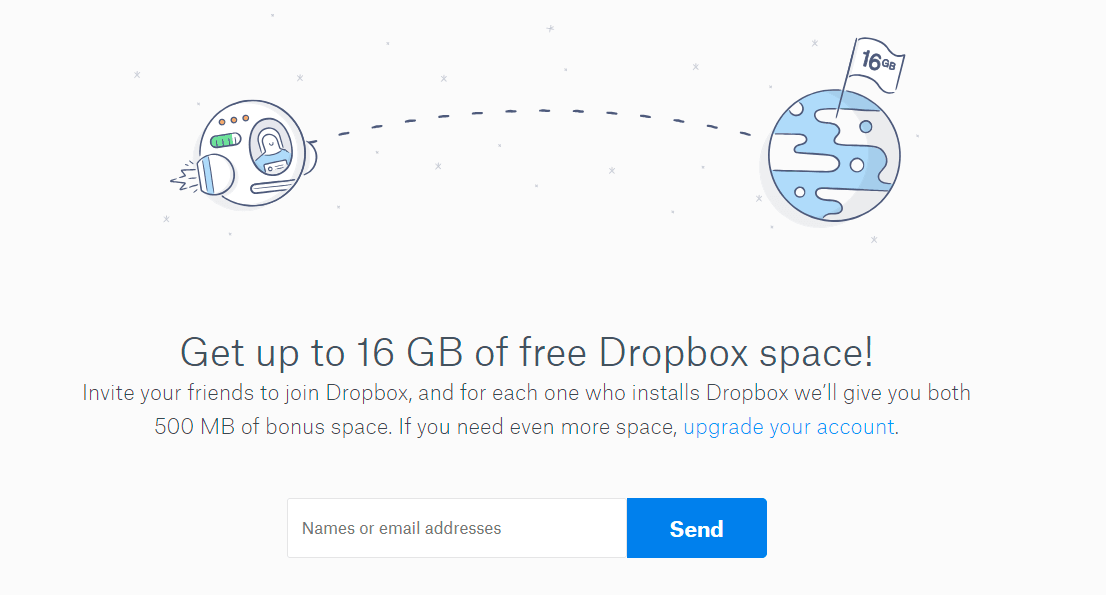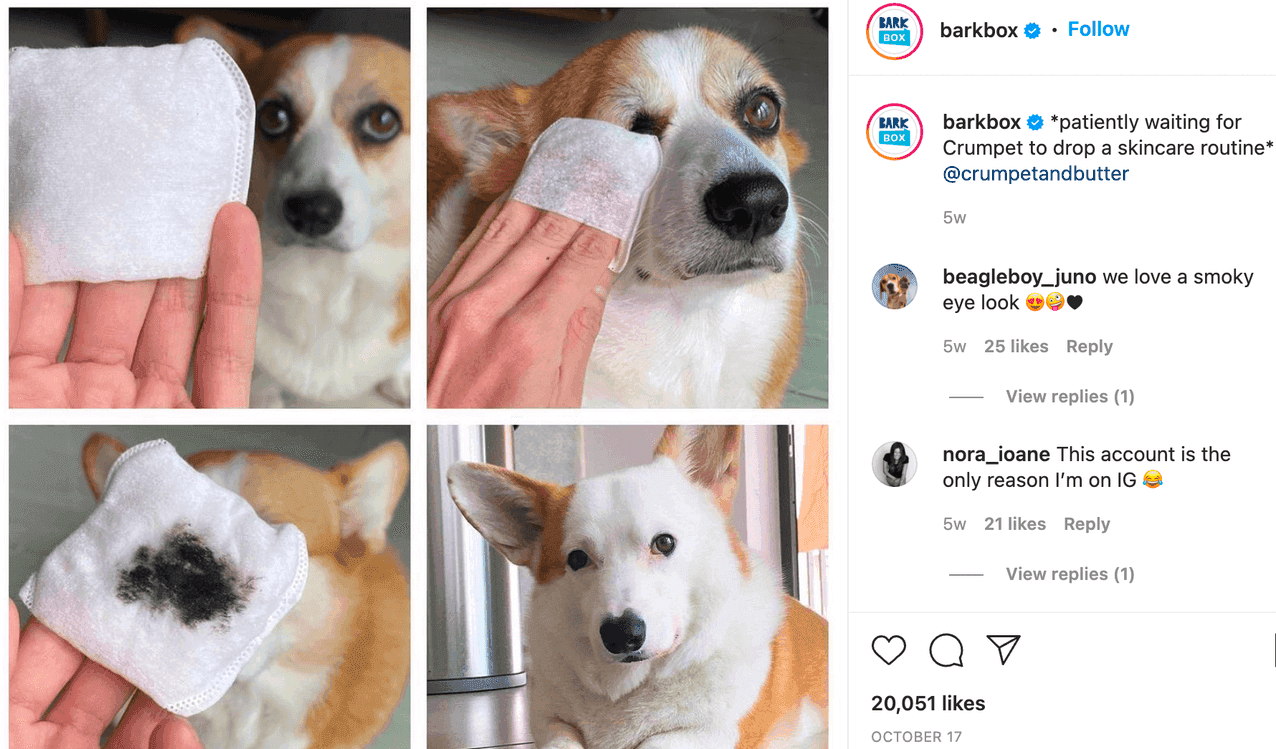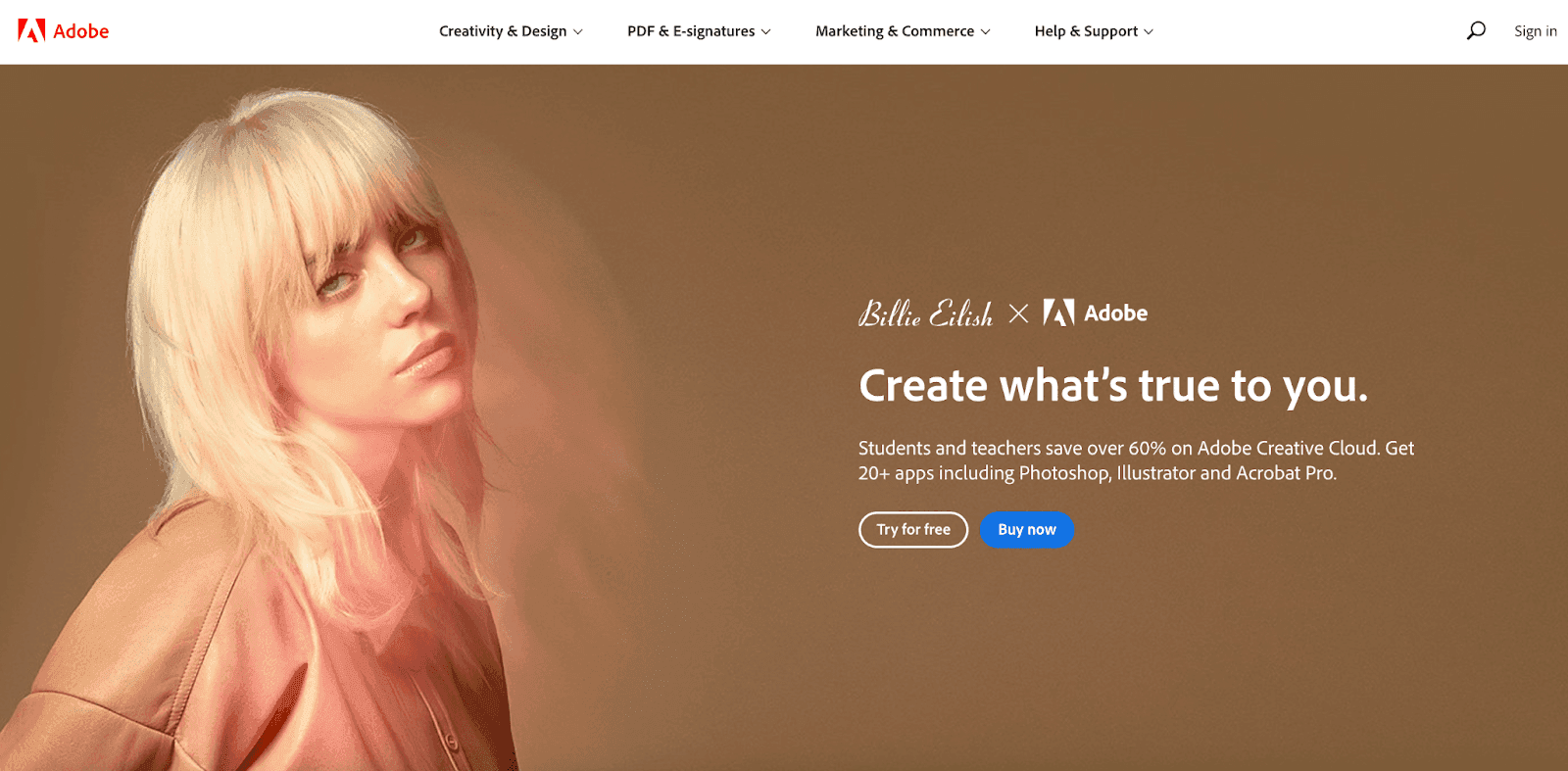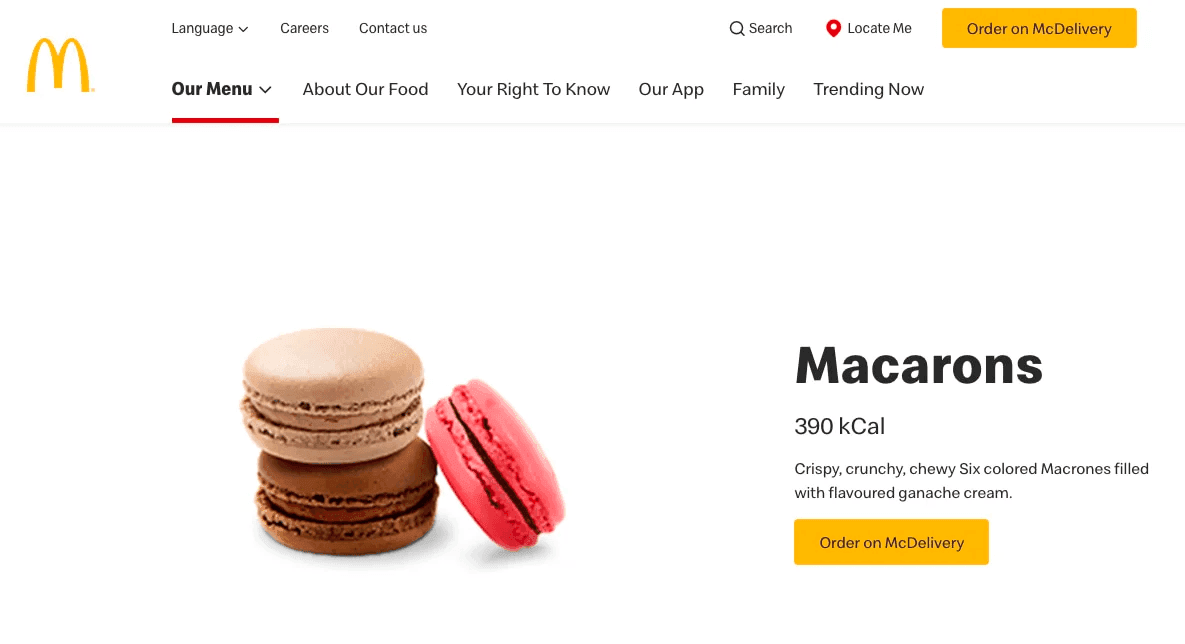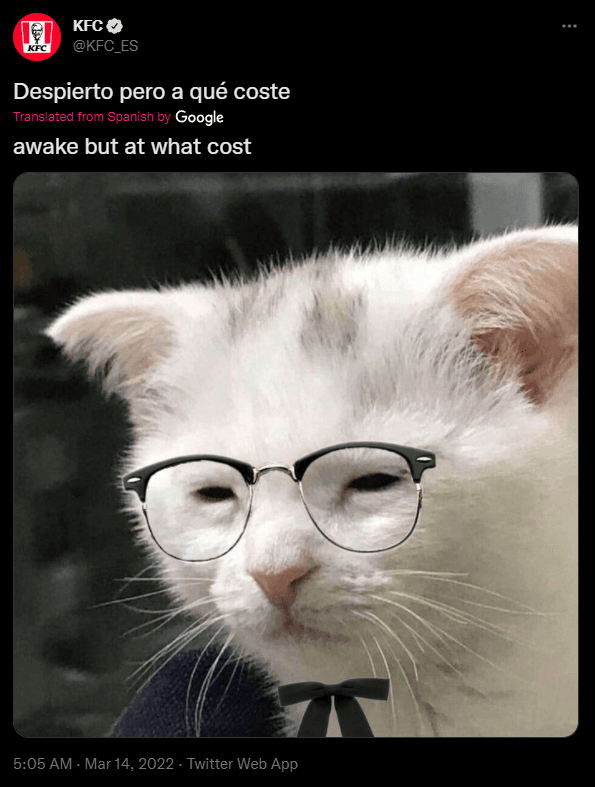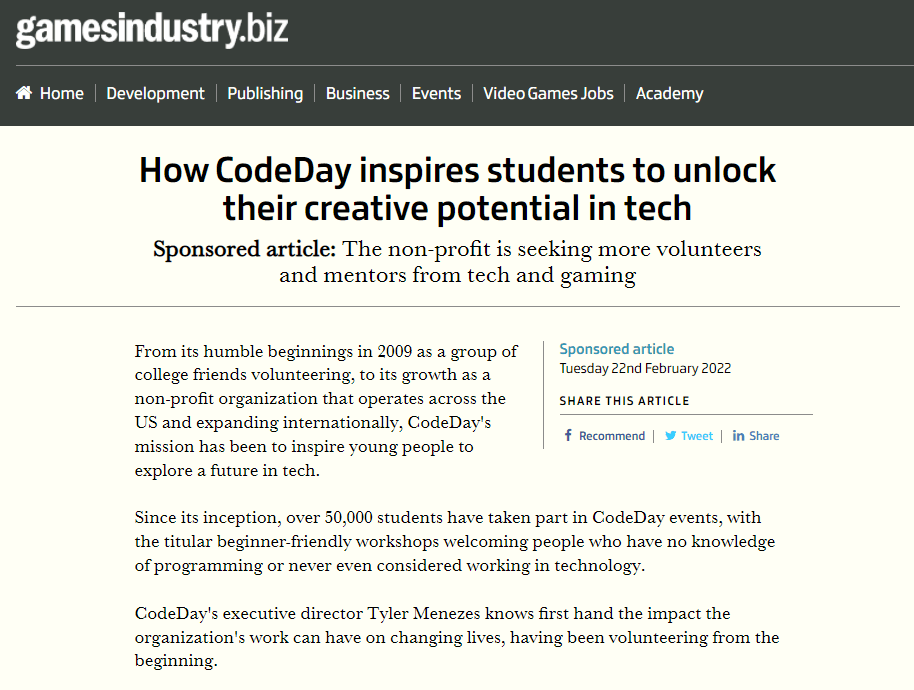Competition today is fierce, and marketing is essential. These different types of marketing allow you to connect with your audience wherever they are in the world and forge deep, meaningful connections.
Marketing employs various holistic approaches to influence profitable customer action across the entire marketing funnel. Different types of marketing exist to influence leading indicators of profitable customer action.
A comprehensive marketing strategy leverages multiple marketing methodologies across the entire customer lifecycle to engage and nurture long-term, successful customers.
These methods are different types of marketing. Each type of marketing may also have its own unique marketing strategy to take advantage of its particular opportunities and best practices.
For example, a marketing department may leverage a type of marketing called search engine marketing (SEM) with the goal of attracting website traffic. This SEM may feed into an event marketing experience that converts webinar attendees into customers.
In this example, these two types of marketing (search engine marketing and event marketing) complement one another by influencing leading indicators (website visitors and webinar attendees) of profitable customer action (purchases).
Some tactics stand the test of time. These 14 types of traditional marketing build the foundation for many companies’ strategies.
1. Brand Marketing
Brand marketing is the idea of creating a brand — a feeling, a practice, and a relationship — and then using it to express what your organization represents. Think of a brand as the messages, feelings, and imagery someone associates with your company or product.
One of the most iconic brands across the world is Coca-Cola. We broke down their centuries-long branding strategy in a blog post to inspire your tactics.
2. Product Marketing
Product marketing is the process of bringing a product to market and performing marketing specific to that product. You can use it as a type of persuasion marketing through methods like storytelling to convince bottom-of-funnel customers to buy a product.
Google manages to market multiple product lines in different niches successfully. How? We explained Google’s approach in our blog post on their marketing tactics.
3. Demand Generation Marketing
Demand generation is the process of driving brand awareness to increase interest in a product or service. It comprises inbound marketing tactics, public relations campaigns, newsletters, social media interactions, and more, to position a brand as a trusted advisor and build long-term engagement.
Take Clearscope, for example.
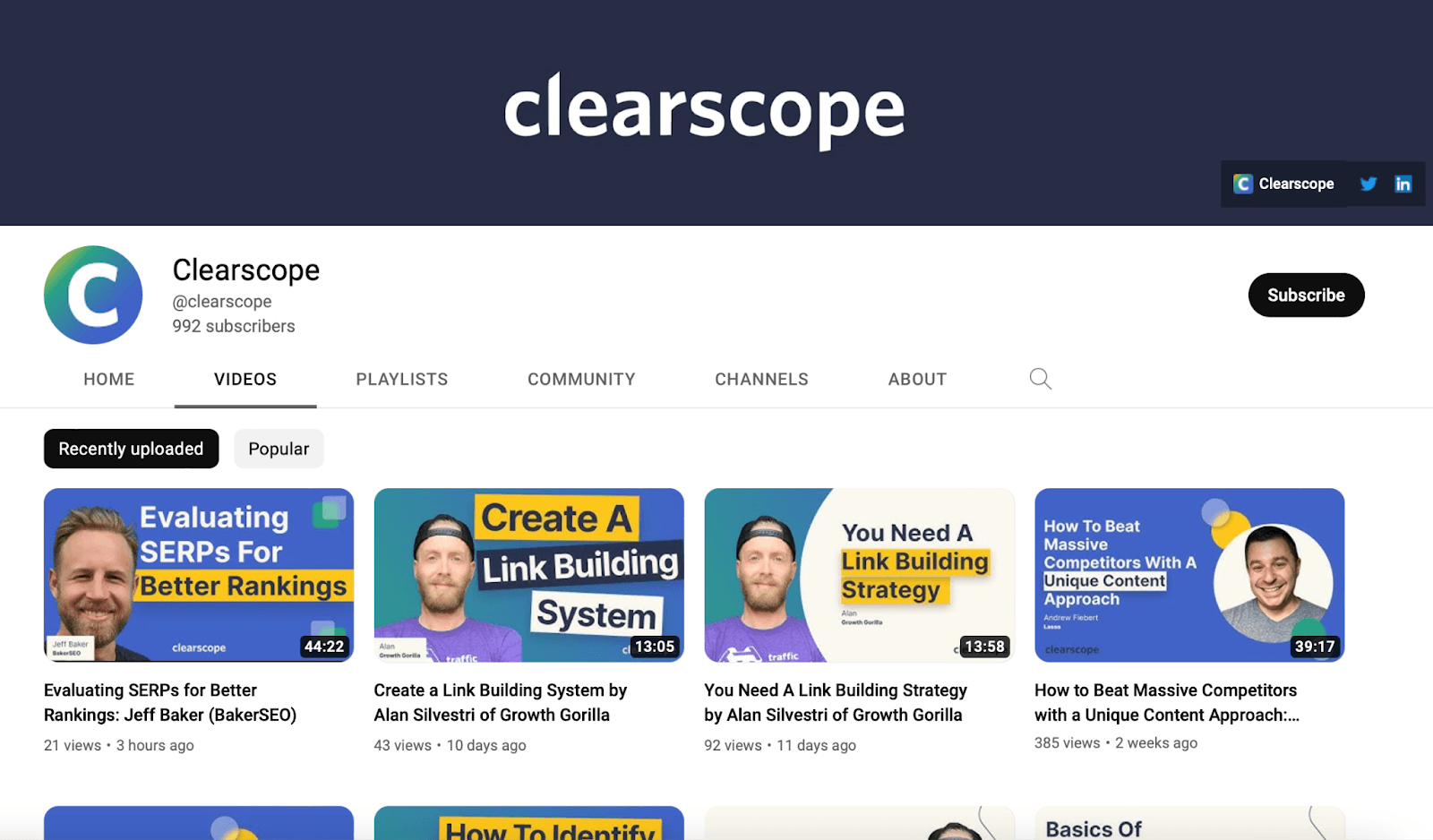
The content optimization platform uses YouTube to share a biweekly webinar series. The webinars focus on adding value for Clearscope’s audience while underlying key components of its own service – thus, generating demand for the product.
4. Neuromarketing
Neuromarketing uses neuroscientific methods to understand marketing’s impact on customers’ brain activity, thoughts, and feelings. Some marketers go so far as to use technology like MRIs to learn about their audience. But, as Roger Dooley points out, less intense techniques like A/B tests also tap into neuromarketing.
More marketers use neuromarketing than you might think — maybe you’ve applied one without realizing it. For example, heatmap technology like Hotjar looks for patterns in customer behavior by tracking how they interact with your site:
5. Inbound Marketing
Inbound marketing draws leads to your company through helpful content, experiences, and relationships. You can use it as a form of acquisition marketing to a new audience likely to enjoy your brand or with an existing audience.
Podcasts are a popular form of inbound marketing that brings in customers via the information shared in the podcast. For instance, someone might listen to our podcast episode with SparkToro’s Rand Fishkin to learn about customer research and walk away knowing more about CoSchedule, too.
6. Outbound Marketing
Outbound marketing is marketing where a company reaches out to potential customers. While inbound marketing encourages customers to make the first contact, outbound marketing has the company get in touch first.
While marketers increasingly focus on inbound marketing today, they still use outbound marketing tactics like cold email outreach, digital ads, and direct mail. Under Armour mails potential customers brochures featuring their product lines:

7. Account-Based Marketing
Account-based marketing involves creating personalized marketing for specific accounts. The “account” in account-based marketing refers to a single person of interest who can be a potential or existing customer.
You can make account-based marketing super granular, like when Procurify created custom landing pages for their top-priority leads:
8. Direct Marketing
Direct marketing promotes your company or product to an audience without using a go-between service. The various types of direct marketing usually target leads with a good chance of becoming customers.
Email is a common format for direct marketing because the leads on your email list already showed interest by becoming subscribers. Look how this Birchbox email targets existing and potential customers with a promotion:
9. Content Marketing
Content marketing creates and promotes content like blog posts, ebooks, podcasts, and videos to promote your brand. While it can work as a form of informative advertising to educate customers about your product, content marketing still aims to convert.
The content you create for your content marketing campaign doesn’t have to be limited to blog posts. Shopify’s business name generator drives $541,000 of traffic every month.
10. Fundraising
Some companies run fundraising campaigns for the causes they care about to express their values. Many brands who try this subset of cause marketing spread the word through an event.
The Ice Bucket Challenge fundraising campaign took brands by storm in the summer of 2014. Figures like Ronald McDonald accepted the challenge to raise money for the Amyotrophic Lateral Sclerosis Association.
11. Advertising
Advertising is the practice of promoting your brand through digital or physical advertisements. Advertising headlines can make or break your ads’ performance.
Digital ad platforms often try to incorporate ads into the user’s everyday experience. For example, Twitter Ads has promoted Tweets — tweets with boosted visibility, like this one from Google.
12. Public Relations
Public relations are the practices a company uses to influence public perception of their brand and build relationships with stakeholders. While public relations’ goals overlap with other marketing tactics, they focus on sharing brand messages and communications materials.
The classic example of a public relations material is a press release. This press release from Dot Inc. gives journalists a resource to use when reporting on their new product.
13. Sales Promotion
Sales promotions aim to drive more purchases through discounts and special offers. These promotions can range from a percentage off a product’s usual price to free giveaways.
In the software as a service (SaaS) industry, the price can prevent entry for customers interested in paid plans. Zapier ran a deal for a three-month subscription for $10 to get more people using their Standard plan.
14. Customer Marketing
Customer marketing focuses on marketing to existing customers instead of potential ones. This type of marketing helps customers find value in your product and keep using it.
Squarespace engages current users with its “Making It” email newsletter. “Making It” includes a video collaboration with Zendaya and informative content on running a business website.
The most significant shares of marketing budgets in 2020 and 2021 were dedicated to digital advertising, social media marketing, and search engine optimization — all digital marketing tactics. These 7 techniques will help your business get into this growing marketing pillar.
15. Ecommerce Marketing
Ecommerce marketing drives awareness and provides a platform for a business that sells its products or services electronically. By using promotional tactics such as search engine optimization, social media, and email campaigns, e-commerce marketers drive traffic to an online store.
16. Search Engine Marketing
Search engine marketing, also known as search engine optimization (SEO), is the act of optimizing web content for search engine rankings. The SEO process includes keyword research, technical SEO reviews, and structuring content for better search performance.
The Write Life increased their page views and search visitors through a comprehensive SEO strategy. They reviewed their existing content’s search performance, revised it as needed, and created new content targeting the keywords they wanted to rank for.
17. Social Media Marketing
Social media marketing uses social media platforms like Twitter, Facebook, and Instagram to spread the word about a brand. It requires a mix of organization, like setting up a social media calendar, and spontaneity, like when you want to respond to a current event.
Most brands perform social media marketing on a combination of social media channels that fit their audience. Check out how Dog Standards dog food has accounts on platforms like Facebook and Tiktok — perfect for followers who want to see dog content in various formats.
18. Video Marketing
Video marketing is using digital video to promote your business or product. Your videos don’t have to be lengthy or big-budget. As we discussed with Wistia’s Alex Schofield, you can integrate shorter videos into other aspects of your marketing, like emails.
Another of our podcast guests, David Jay, uses video unconventionally in his Warm Welcome service. Users can add video bubbles to their websites that introduce them to their visitors.
19. Voice Marketing
Voice marketing uses voice platforms like podcasts, Twitter Spaces, and voice assistants to raise awareness about a product or business. As voice assistant technology gets more advanced, it also has a link to SEO through voice search optimization.
Voice search counts on search engines’ featured snippets to answer user questions. For example, if you asked an assistant how to start a sports team, it would read this snippet to you:
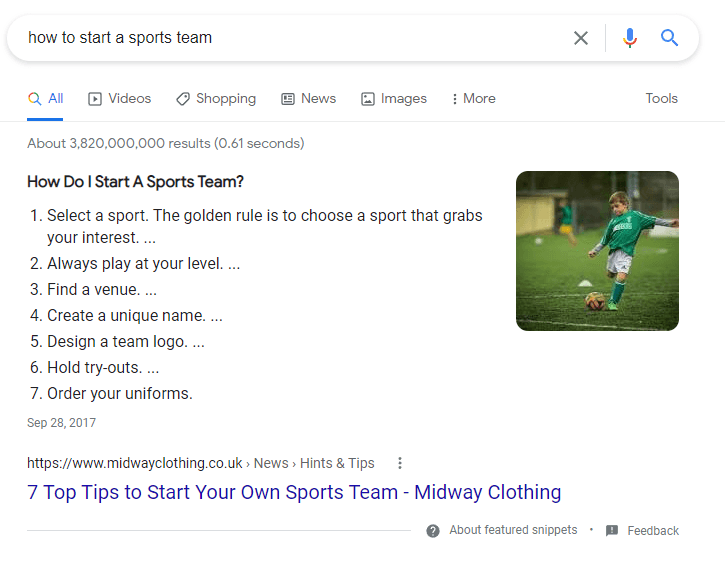
20. Email Marketing
Email marketing is the tactic of generating interest in your brand through email. Since your marketing emails only go to people who subscribe to them, you can market to an audience already interested in your business or product.
You can use email marketing with potential and current customers. This AAA email keeps the company at the top of members’ minds by letting them know about their website redesign:

21. Mobile Marketing
Mobile marketing is a digital marketing strategy aimed at reaching its target audience through a mobile device. It uses a range of platforms to reach a target audience, including social media and mobile apps
For example, Starbucks has evolved its mobile app into a loyalty program, sending out personalized offers to drive more purchases.
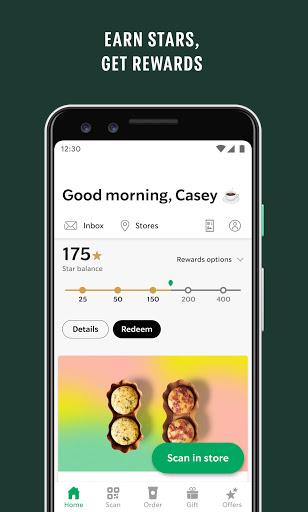
22. Relationship Marketing
Relationship marketing is all about playing the long game. It’s a strategy that involves creating deeper, more meaningful relationships with customers, so they continue to come back. The end goal is brand loyalty and retaining existing customers through engaging marketing touchpoints with the bonus of generating more revenue (the probability of selling to an existing customer is between 60-70%).
Clothing brand Patagonia does relationship marketing exceptionally well. Its “Worn Wear” campaign repairs and recycles customer clothing to reduce waste and keep shoppers happy.
23. Word-Of-Mouth Marketing
Word-of-mouth marketing relies on customers recommending a product to their friends, family, and colleagues. It’s a powerful way to promote your brand since 92% of consumers believe a recommendation from their inner circle over any other type of advertising.
Dropbox taps into word-of-mouth marketing by offering its users extra space when they invite their friends to join.
24. Influencer Marketing
Influencer marketing is a strategy where brands partner and collaborate with industry influencers who promote a product to their well-established audience. The trust is automatically transferred to the product, increasing reach and engagement. There are three different types of influencers:
- Mega influencers (1 million+ followers)
- Macro influencers (500,000-1 million followers)
- Micro-influencers (10,000-50,000 followers)
Endorsement marketing also falls under this umbrella term. This kind of marketing is a form of advertising that partners with celebrities to promote a product or service.
HelloFresh partnered with several micro-influencers as part of its #hellofreshpartner campaign.
25. Affiliate Marketing
Affiliate marketing is a strategy where brands pay a commission to people who advertise their products and generate sales. Usually, affiliates are given a unique link to share with their audience, friends, and peers, and every time someone purchases through that link, they get a small cut of the price. It helps brands reach a wider audience while ambassadors get a reward for their loyalty.
Skillshare offers its affiliates $7 for every new customer they refer.
26. Partner Marketing
Partner marketing sees two brands or a brand and an individual partner up to promote a product or service. The end goal is to reach the goals of both parties in a mutually beneficial agreement that increases reach and cross-transfers trust.
There are two subcategories of partner marketing:
- CoBranding: the act of marketing a product under two or more brand names
- CoMarketing: the act of promoting both brands at the same time
GoPro and Red Bull’s Stratos collab is one of the most famous examples of partnership marketing.
27. User-Generated Marketing
User-generated marketing uses customer-created content, such as images, videos, and reviews, to promote a product or service–and it’s powerful: 93% of consumers say UGC is beneficial when making a purchasing decision.
BarkBox shares content from its customers on its Instagram page to increase engagement and foster a sense of community.
28. Conversational Marketing
Conversational marketing relies on creating an open dialogue with customers and converting them through personalized and timely conversations. This conversation is often achieved through AI chatbots that can provide answers to customer questions and share the correct information at the right time.
Gong.io’s BrunoBot gives website visitors the chance to learn more, ask questions, and instantly book a demo.
29. Personalized Marketing
Personalized marketing uses detailed customer data to serve relevant content, product recommendations, and ads based on key signifiers, like their interests, past browsing behavior, and demographics. 91% of consumers say they are more likely to buy from a brand that provides relevant offers and recommendations.
Spotify’s Discover Weekly playlist is a prime example of personalized marketing. It takes data about a listener’s preferences and in-app behavior to serve them a highly-relevant playlist of music they’ll (hopefully) enjoy.
30. Proximity Marketing
Proximity marketing involves serving ads to customers in a specific location or the vicinity of a geotagged hotspot. It’s essentially a way to target consumers in a particular place, whether in a specific city, building, or country.
Macy’s has done a lot of proximity marketing, including a Black Friday campaign that encouraged shoppers to play a game via the app when they entered a physical store.
31. Campus Marketing
Campus marketing is a strategy aimed at targeting students on campus. It can involve student-to-student marketing, events, promotions, offers, and activities, all in the name of advertising a product or service.
The University of Florida uses TikTok to reach its students with funny videos, informative guides, and behind-the-scenes shots.
32. Field Marketing
Field marketing involves getting out there and personally connecting with potential customers. It can include distributing promotion information at events, talking at conferences, or running live, on-site demos.
Salesforce’s Dreamforce conference is a prime example of field marketing in action. There is a host of talks, seminars, and workshops for people to get involved in, aiming to connect more users to the Salesforce brand.
33. Event Marketing
Event marketing focuses on developing and hosting events to promote a product or service. This could include a conference, a live talk, a Q&A, an in-person activity, or an exhibition that aims to raise brand awareness and generate sales.
Buzzfeed’s spin-off foodie brand Tasty hosted an online Saturday Night Seder event to raise money for a charity close to its heart.
34. Experiential Marketing
Experiential marketing (also dubbed engagement marketing) relies on fully immersing customers with a product or service. It can be online or in-person, through live events or apps that create a truly personalized experience.
Sephora’s Virtual Artist is a prime example of online experiential marketing. Users can try out products before they buy using powerful AR technology.
35. Interactive Marketing
Interactive marketing uses customer data points to create personalized, interactive touchpoints for people to get to know a brand, product, or service in more detail.
Marriott uses an interactive mind map to help their audience figure out what kind of vacation they want or need.
36. Local Marketing
Local marketing is a marketing strategy that targets customers who wander into a specific radius of a physical location. This is similar to regional marketing, which taps into customers’ unique cultural interests and differences in different places.
When Ikea opened a store in Penang, Malaysia, it used a marketing strategy that played on the local language, creating fun and relevant ads.
37. National Marketing
National marketing targets customers in an entire country. The aim is to reach as many people as possible, regardless of the region or area.
Adobe serves a different homepage depending on where a user is located. They can personalize the user experience based on what country they live in and tailor the individual experience.
38. International Marketing
International marketing is a strategy used to promote products and services to all consumers, regardless of their geographic location. The aim is to appeal to as many people as possible and create brand awareness in many different parts of the world.
Innocent Smoothies maintains its fun, bubbly brand voice across markets to create a consistent image in all four corners of the globe.
39. Global Marketing
Global marketing is promoting a product or service to a global market. It involves adjusting specific marketing strategies to fit different countries, like using local languages, pricing, and cultural references to appeal to more people.
McDonald’s alters its menu for different global markets, such as adding macarons to its French menu and McSpaghetti to its menu in the Philippines.
40. Multicultural Marketing
Multicultural marketing recognizes the differences in cultures and ethnicities of a particular market. It essentially targets minority groups within a brand’s target market to expand the reach and resonate with various customers.
Rihanna’s beauty brand Fenty Beauty launched its “Beauty For All” campaign with a series of visuals of women worldwide. Alongside this, the brand launched a foundation in 50 different shades to meet the needs of different races and ethnicities.
Marketers who choose to go bold can try standout marketing strategies. These three types of marketing use unconventional methods to grab attention.
41. Buzz Marketing
Buzz marketing encourages word-of-mouth marketing through hype, usefulness, or an unconventional approach. It’s a little harder to define than the other kinds of marketing on this list, but you can tell it works when many people talk about it.
KFC’s Spanish Twitter generates buzz by fully leaning into internet meme culture. This example tweet puts a KFC spin on the “awake, but at what cost” meme by dressing the cat like Colonel Sanders.
42. Guerilla Marketing
Guerilla marketing uses out-of-the-box methods to surprise and delight customers. It can happen in the physical world or on digital platforms.
The Thursday app took to the streets with their “bad internship” campaign. A student brand ambassador drew attention with stunts like tying herself to a pole.
43. Native Marketing
Native marketing is advertising that matches the format of the content surrounding it. The varieties of native marketing include in-feed social ads, paid search ads, promoted shopping listings, and recommended content.
Another type of native advertising, sponsored content, is sponsored by a company but produced by a publisher. You’ll see sponsored content in all sorts of industries, including game development:
The best type of marketing for your business depends on your resources, audience, and strengths. Ask yourself these questions to figure out what marketing techniques to try:
- What tools can I afford with my marketing budget?
- How will my target audience respond to different marketing approaches?
- Where have my marketing efforts succeeded in the past?
Once you choose a marketing tactic to use, your job isn’t done yet. Use an analytics platform to see how well that method works for you, and adjust your strategy as needed.



